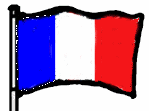 (modifié de Coste, Flore de la France 1937) :
(modifié de Coste, Flore de la France 1937) :
Arbuste de 2-5 mètres, odorant, à suc laiteux abondant.
Écologie : (répartition d'après la flore) Rochers et bois, dans tout le Midi et l'Ouest; Corse.
Répartition hors de France : Région méditerranéenne.
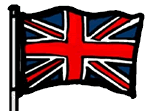 (modified from Wiki):
(modified from Wiki):
NOTE: the French text is more complete and up-to-date
A gynodioecious deciduous tree or large shrub , growing to a height of 7-10 metres , with smooth white bark . The plant has milky sap which is an irritant to human skin.
Ecology UK: Not in the wild, but increasingly common in gardens
France:
Distribution outside France: ?
Fleurs : monoïques, nombreuses, pédicellées, réunies dans l'intérieur d'un réceptacle en poire, à peine ouvert au sommet, charnu, vert jaunâtre ou violacé ; les supérieures mâles, à périanthe à 3 divisions, 3 étamines dressées, opposées à sépales; les inférieures femelles, à périanthe à 5 lobes et à tube décurrent sur le pédicelle, 2 styles latéraux;
Floraison France : Juin-septembre. - Cultivé pour ses fruits (figues), dont les qualités et les usages sont bien connus.
Flowers: The complex inflorescence consists of a hollow fleshy structure called the syconium , which is lined with numerous unisexual flowers. The flower itself is not visible outwardly, as it blooms inside the infructescence. Although commonly referred to as a fruit, the fig is actually the infructescence or scion of the tree, known as a false fruit or multiple fruit , in which the flowers and seeds are borne. It is a hollow-ended stem containing many flowers. The small orifice visible on the middle of the fruit is a narrow passage, which allows the specialized fig wasp Blastophaga psenes to enter the fruit and pollinate the flower, whereafter the fruit grows seeds.
Flowering UK: July-september. In the UK, the autumn fruits will fail, but some overwintering fruits may form ripe fruit next spring
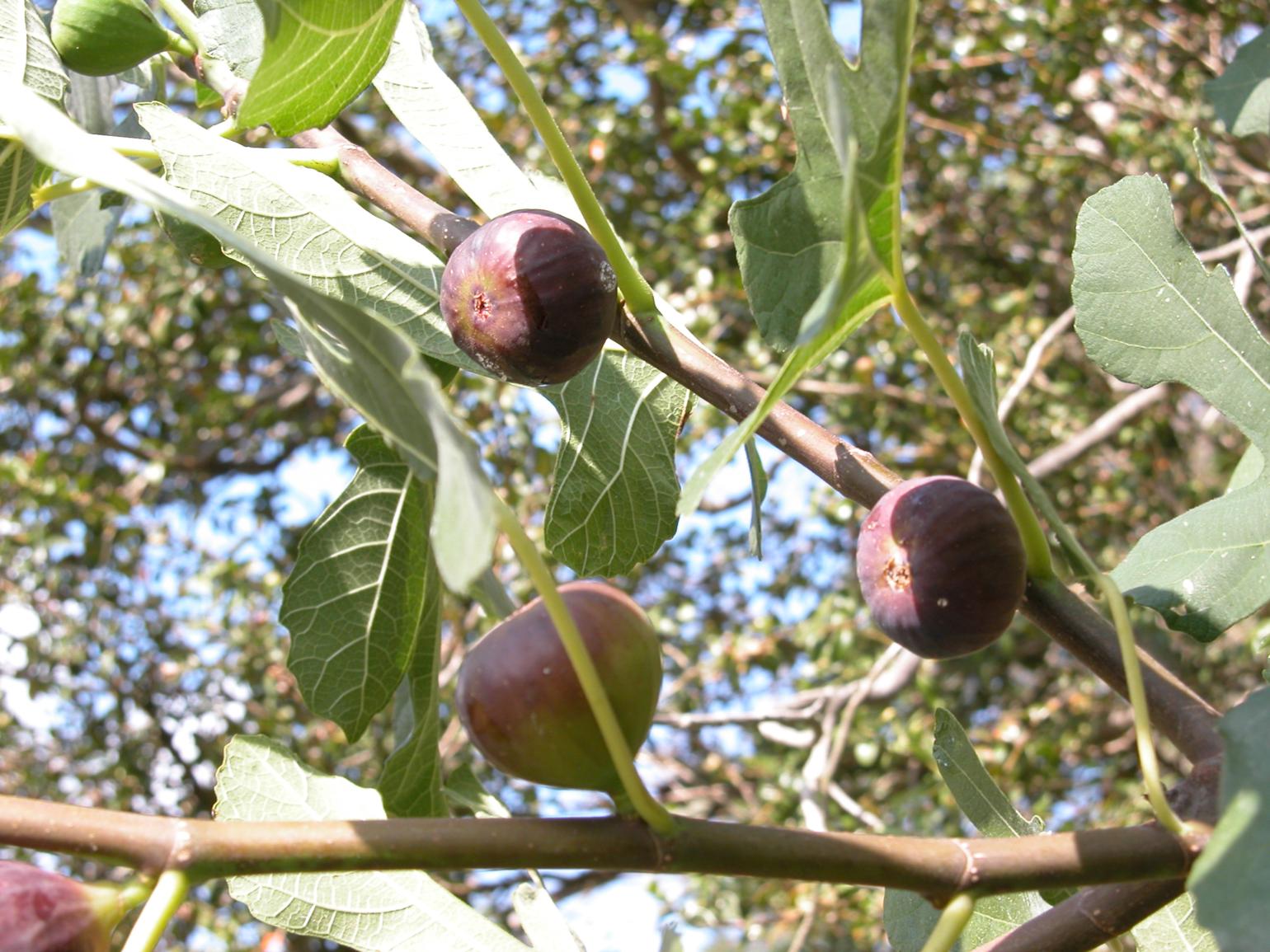
 Fig
Fig
 Figuier
Figuier
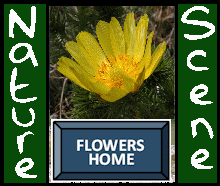


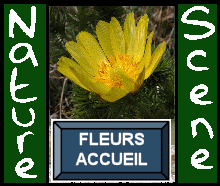
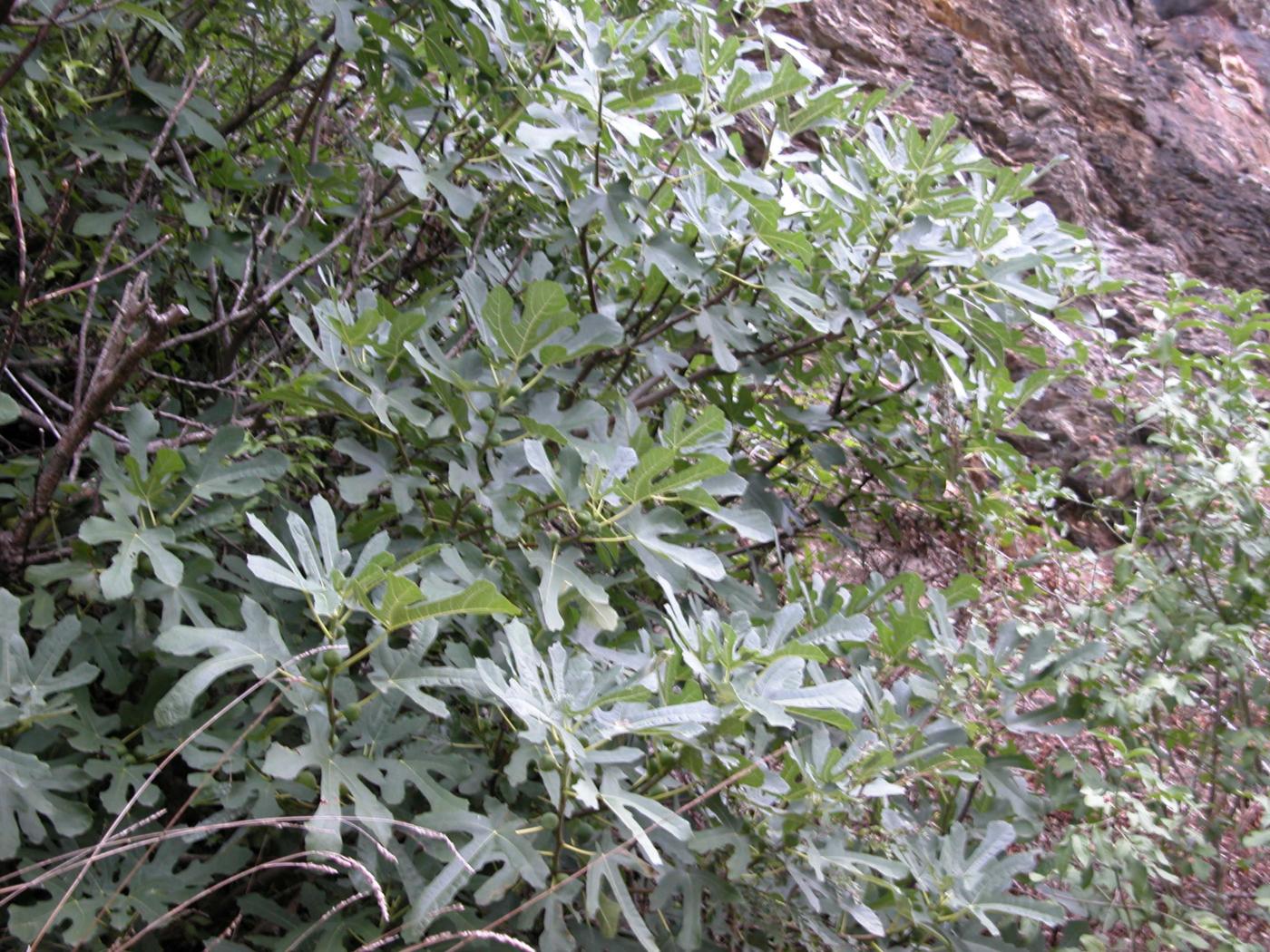
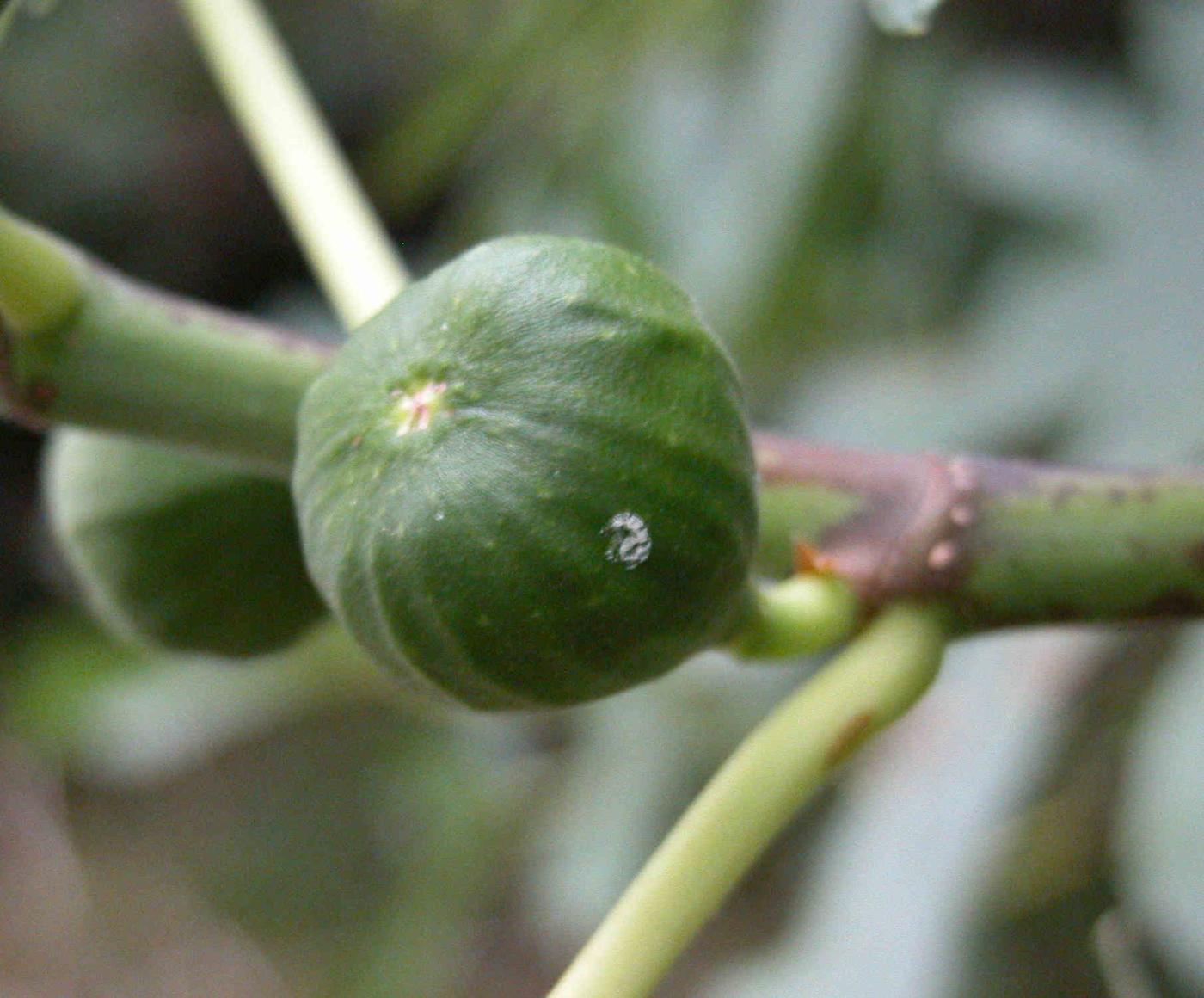
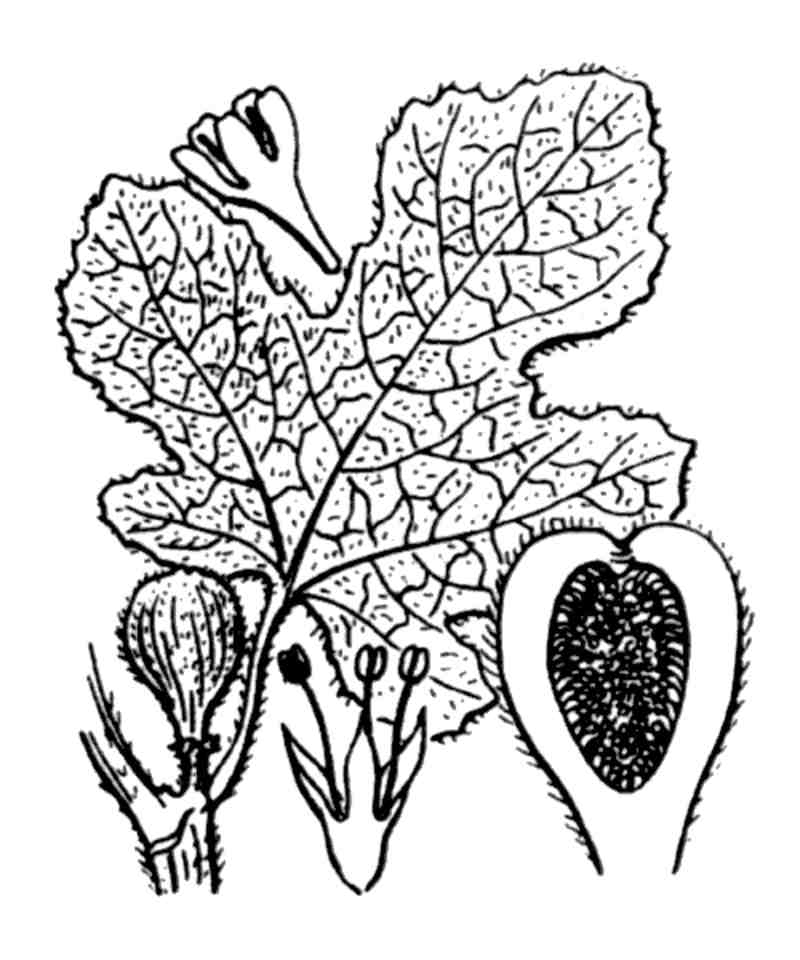

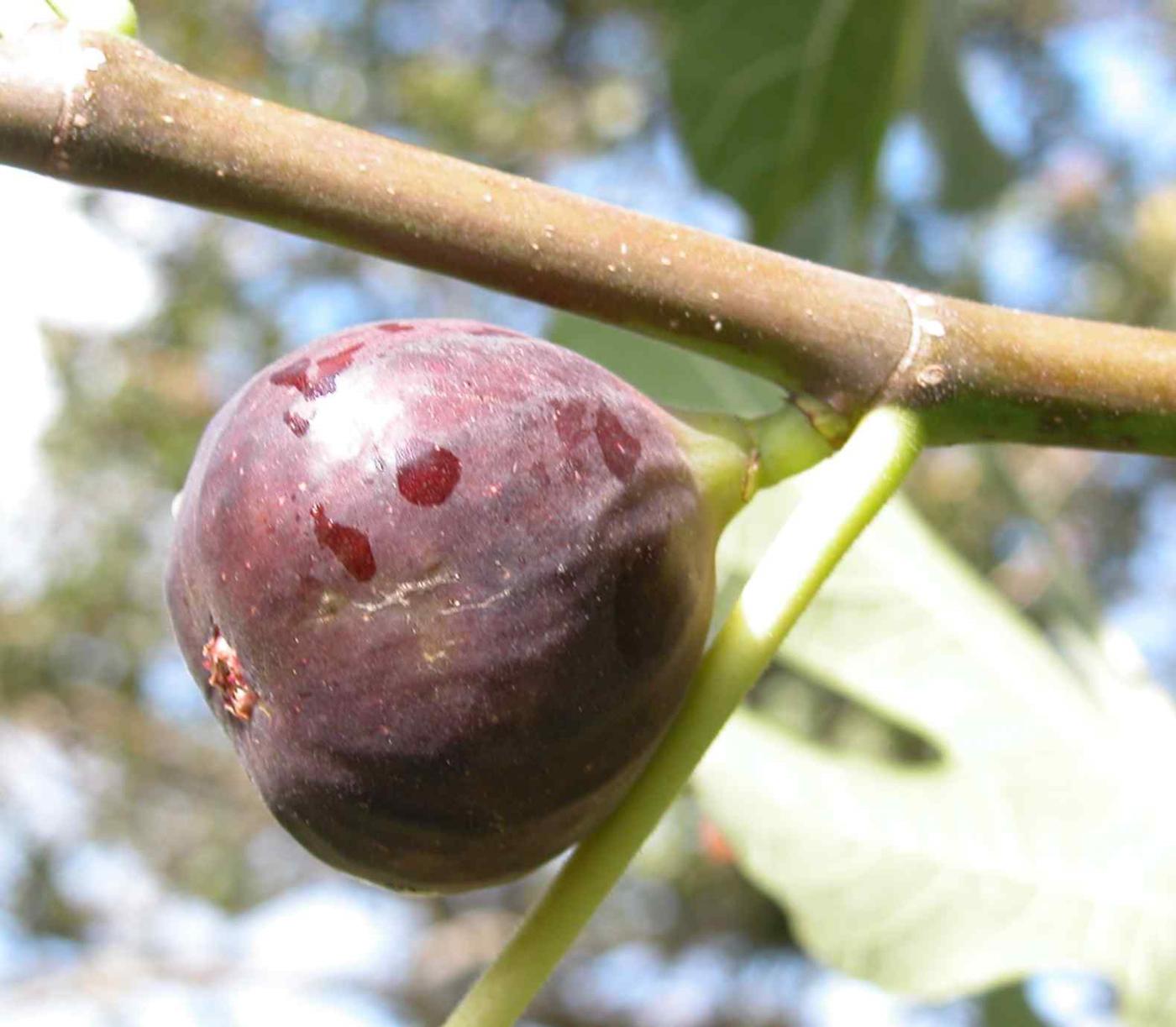
 Please
consider
Please
consider 











